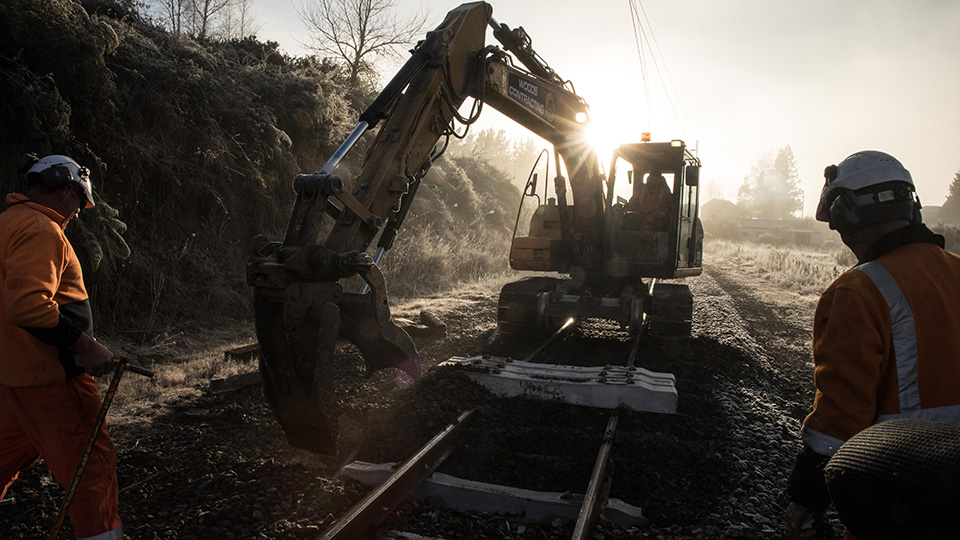Noise and vibration
Noise and Vibration
Transport operations (whether by rail, road or air) inevitably create noise. Find out what to expect and what to do if it’s affecting you.
The daily running of the rail network generates a certain amount of noise and vibration. Our maintenance and improvement work on the rail network can also generate noise.
Noise will vary depending on circumstances including how close you are to the rail network, the presence of noise insulating material, ground conditions and other sources of noise in the area.
This page provides information to help you understand common sources of noise. We work hard to reduce noise, but a certain level is unavoidable.
Vibration
We regularly monitor the condition of rail tracks, locomotives and wagons and carry out maintenance work to keep then in good condition. It is unlikely that the condition of the tracks would cause damage to nearby .
If you are concerned that trains running near your property are causing structural damage, we recommend you provide us with a report from an independent surveyor. If the report indicates that KiwiRail’s operations are causing vibration and damage, we will investigate.
Friction
Friction (‘metal on metal’) can cause a train entering or leaving a curve on the track or passing over a joint in the rail to make a high-pitched ‘whine’. This can be affected by a range of factors including track formation, rail condition, and weather.
The noise is produced by contact between the metal train wheel and the top or side of the metal rail. Train brakes can create a similar squealing sound from contact between brake pads and brake disks.
A level of friction is necessary for trains to operate effectively and to brake in a safe and controlled way, so some noise can always be expected. KiwiRail works with Auckland Transport in Auckland and Metlink in Wellington to monitor friction and methods to minimise associated noise. This includes track and wheel lubricators.
Level crossings
Noise from a level crossing can be caused by vehicles crossing it. Although we can sometimes reduce noise by making the crossing surface smoother, it can rarely be eliminated completely.
Alarm bells
Noise is also generated by some of the safety alarm systems installed at level crossings. Warning bells are an essential safety device and warn people that a train is approaching. Learn more on our page level crossing bells.
Train horns
We need to provide safety warnings to people who are on or near the tracks – horns are a vital safety feature for trains that run on our network. Locomotive drivers decide when to sound the horn, however if you are being affected you can email:contactus@kiwirail.co.nz
Yard and depot operations
There can be noise associated with loading and moving wagons in our freight yards and depots. Our yards can operate 24 hours a day, seven days a week. We run trains and move goods to meet our customers’ requirements to move freight around New Zealand. KiwiRail is required to comply with any noise conditions included in designations that authorise yard operations.

Contact us
If you have questions or can’t find what you’re looking for, please email contactus@kiwirail.co.nz